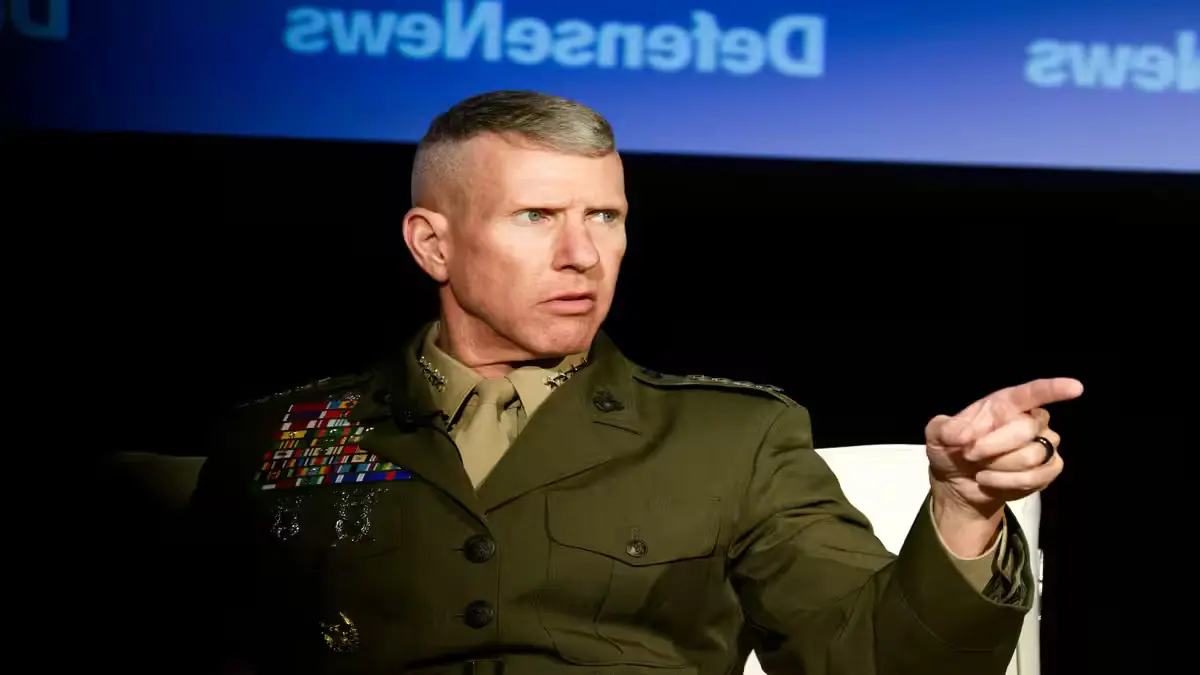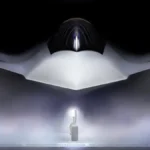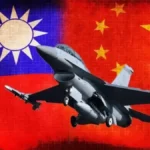Assistant Commandant Role and Appointment
The President appoints Assistant Commandant, and the Senate majority confirms the appointment by the vote. When the commandant is absent or unable to fulfill his duties, the assistant commandant takes steps to fulfill those duties. Because of this, the Assistant Commandant ranks similar to the current commandant. Since 1971, the law needs to serve each assistant commandant as a four-star General, making it the most common rank in the marine. With these responsibilities, Commandant of Marine Corps (CMC) can give additional duties to Assistant Commandant.
Length of Service and Aviation Background
Traditionally, the Assistant Commandant has served for two to three years. In recent years, Marine Aviars have often filled this role, reflecting the increasing importance of aviation led by the core. James F. Amos became the first aviator to serve as Assistant Commandant and later reached the post of Commandant, set up an example with an aviation background for future leaders
Early life and career development
General Mahoni, a native of South Vemouth, Massachusetts, graduated from Holi Cross in June 1987. The following year, he completed Basic School (TBS) and Infantry Officers Course (IOC) at Quantico, Virginia.
After completing flight training in Florida and Texas, he qualified as an A6-E infiltrator pilot and deployed in Indo-Pacific with VMA (AW) -224 known as Bangles. Later, he shifted to F -18 at Marine Corps Air Station (MCAS) L -18 and made several foreign deployments with VMFA (AW) -224, VMFA -122, and VMFA (AW) -242. His assignments took him to Indo-Pacific, Italy and Iraq, where he operated from MCAS Beaufort, South Carolina, and MCAS Miramar, California. He also worked as a instructor with marine aviation weapons and tact.
Leadership Roles and Joint Service
During his career, General Mahoni commanded the squadron, group and wing levels. He completed a joint force assignment as Chief of Staff for the Joint Doodle Explosives Device Necklace Organization located at the National Training Center in Fort Irwin, California. In addition, he Headquarters, U.S. In the Marine Corps (HQMC) served as the Executive Assistant of Deputy Commandant for programs and resources.
Marine Corps Enlisted Ranks and Responsibilities
Junior Listed Marines:
Private, Private First Class, and Lance Corporal
These marines begin their journey into the core with individual development, discipline and development of basic skills. At this stage, they focus on learning the values, traditions and responsibilities of being a marine while preparing to take large roles.
Noncrimion Officers (NCOS):
Corporal and Sergeant The NCO has proved itself through physical endurance, mental cruelty and professional performance. They are considered to be experienced marines who believe in leadership responsibilities. Starting in Sergeant, marines can seek opportunities to serve as drill trainers, work as a plato of training, and to shape future force.
Staff Noncommissioned Officers (Staff NCOs):
Staff NCOs represent highly skilled leaders who provide guidance and direction to junior Marines while working with NCOs. They oversee the discipline, welfare, training, and readiness of Marines under their leadership.
- Staff Sergeant – Manages training, professional development, and administration for their Marines.
- Gunnery Sergeant – Acts as the operations chief for the unit, coordinating with senior officers on strategic planning and training.
- Master Sergeant – Provides advanced technical expertise in their specific MOS, supporting mission success.
- First Sergeant – Acts as the senior enlisted leader in the company, focusing on discipline, administration, morale, and welfare.
- Master Gunnery Sergeant – Provides specialized technical leadership in their area, ensuring mission capability.
- Sergeant Major – Serves as the senior enlisted advisor to the commanding officer, guiding decisions affecting units at the tactical level.
- Sergeant Major of the Marine Corps – The top enlisted Marine in the entire Corps, selected by the commandant to represent and advise on matters of individual enlisted matters.
Warrant Officer Rank
Warrant officers are highly trained technical leaders and experts in their MOS. They combine expertise with leadership and training responsibilities. A sergeant or staff NCO may be selected for this role when the Secretary of the Navy grants a warrant. Upon reaching Chief Warrant Officer 2, they transition to commissioned officer status, which increases their influence.
Advancement and Promotion in the Marine Corps
Continuous Path of Development:
Once Marines complete their initial training and achieve proficiency in their MOS, they are offered a wide range of career advancement opportunities. Special schools, advanced education, and specialized duty assignments allow Marines to continue to build their leadership and professional skills as they demonstrate determination and excellence.
Promotion:
In addition to the rank of lance corporal, promotions are based on time in service, time in grade, and personal performance. Since promotions to the rank above corporal are competitive, they are also based on vacancies in a particular MOS. Each year, Congress sets a legal limit on the percentage of Marines who can serve in higher enlisted ranks. The Marine Corps allocates available positions to MOSs, which allows for promotions to the ranks of corporal and above. Advancement requires dedication, exceptional performance, and a commitment to the duties of an individual’s MOS.
Mahoney nominated as next vice chairman of the Joint Chiefs of Staff
Navy Admiral Christopher Grady currently serves as vice chairman of the Joint Chiefs of Staff, but his term is coming to an end. On June 17, former President Trump presented General Mahoney’s nomination to the Senate for the role, and the Armed Services Committee is now reviewing the nomination, according to Congress.gov.
The vice chairman serves as chair of the Joint Requirements Oversight Council and advises the Department of Defense on major technology-based initiatives. The position makes him one of the most influential in the Pentagon’s leadership structure.
Mahoney’s career and vision for military innovation
General Mahoney has served as assistant commandant of the Marine Corps since November 2023. During that time, he also temporarily assumed commandant responsibilities while General Eric Smith recovered from a heart attack and subsequent open-heart surgery. The Marine Corps commandant also sits on the Joint Chiefs of Staff.
Mahoney’s past assignments include deputy commander of U.S. Marine Forces Pacific; director of strategy and plans at Headquarters Marine Corps; deputy commander of U.S. Forces in Japan; commanding general of the 3rd Marine Aircraft Wing; and deputy commandant for programs and resources at HQMC.
He has consistently emphasized strengthening the U.S. military’s networking systems and prioritizing software-driven capabilities. “Today we have more networks than even supercomputers can count. We need a unified approach to networking, and we must rethink hardware. It is software that leads to hardware, not the other way around,” Mahoney said during a Hudson Institute event last year.








Leave a Reply